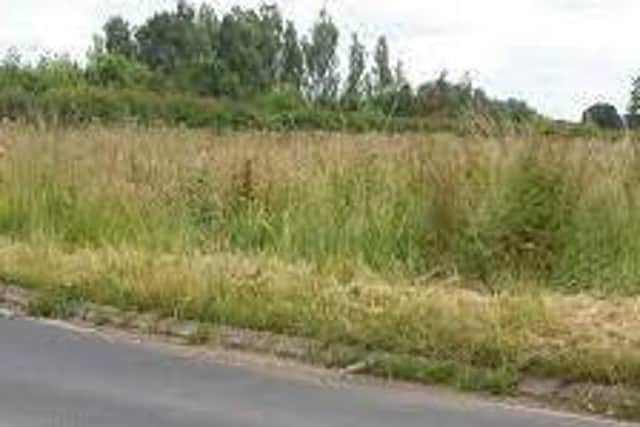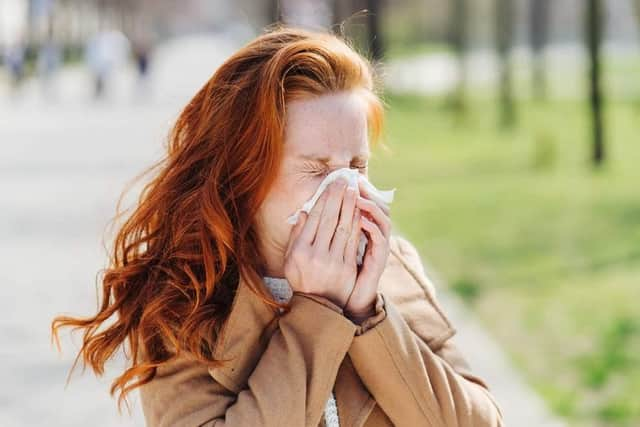Is council's 'no mow' wildflower policy causing hay fever bomb in Milton Keynes this summer?
and live on Freeview channel 276
And they are questioning on social media whether the new natural look of verges and grassy areas around the city could be to blame.
Analysis of MK’s pollen count by Kleenex tissue manufacturers currently shows a high level of grass pollen in MK– 90 grains per every cubic metre of air.
Advertisement
Advertisement
There is a low level of tree pollen and a moderate amount of pollen from weeds.


Over the past couple of years, Milton Keynes Council has left the grass to grow freely on areas surrounding local grid roads in a bid to encourage more biodiversity and wildlife.
While people are enjoying the scenic wildflower displays, many hayfever sufferers believe their symptoms have worsened since the days when all grass was kept neatly mown.
"I usually have mild symptoms, sneezing and itchy eyes for a couple of months in the Spring, but it’s quite manageable. This year I’ve been suffering badly for months. Could it be because there’s so much more long grass about?” asked one woman on social media.
Advertisement
Advertisement
Another said: “My hayfever is so bad this year that I’m having to get an injection to control it. Usually I can get away with just a nasal spray.”


A third commented: “I’m loving the current natural look of grassy areas around MK, but it’s playing absolute havoc with my hay fever.”
Some people have reported success controlling their symptoms by eating a teaspoon of locally-produced honey each day. Though there is no scientific evidence to prove this, many believe it desensitises them to local pollen.
The pollen count is the amount of pollen per cubic metre observed over 24 hours. Pollen is physically collected using a Burkard trap, inside which is a spindle with sticky paper wrapped around it. This rotates and as air flows through the trap pollen particles are left on the paper ready to be counted with a microscope.
Advertisement
Advertisement
Grass pollen is the biggest cause of seasonal allergies, affecting around 90% of hayfever sufferers. But there are around 30 different types of pollen that cause hay fever and it is possible to be allergic to more than one type.